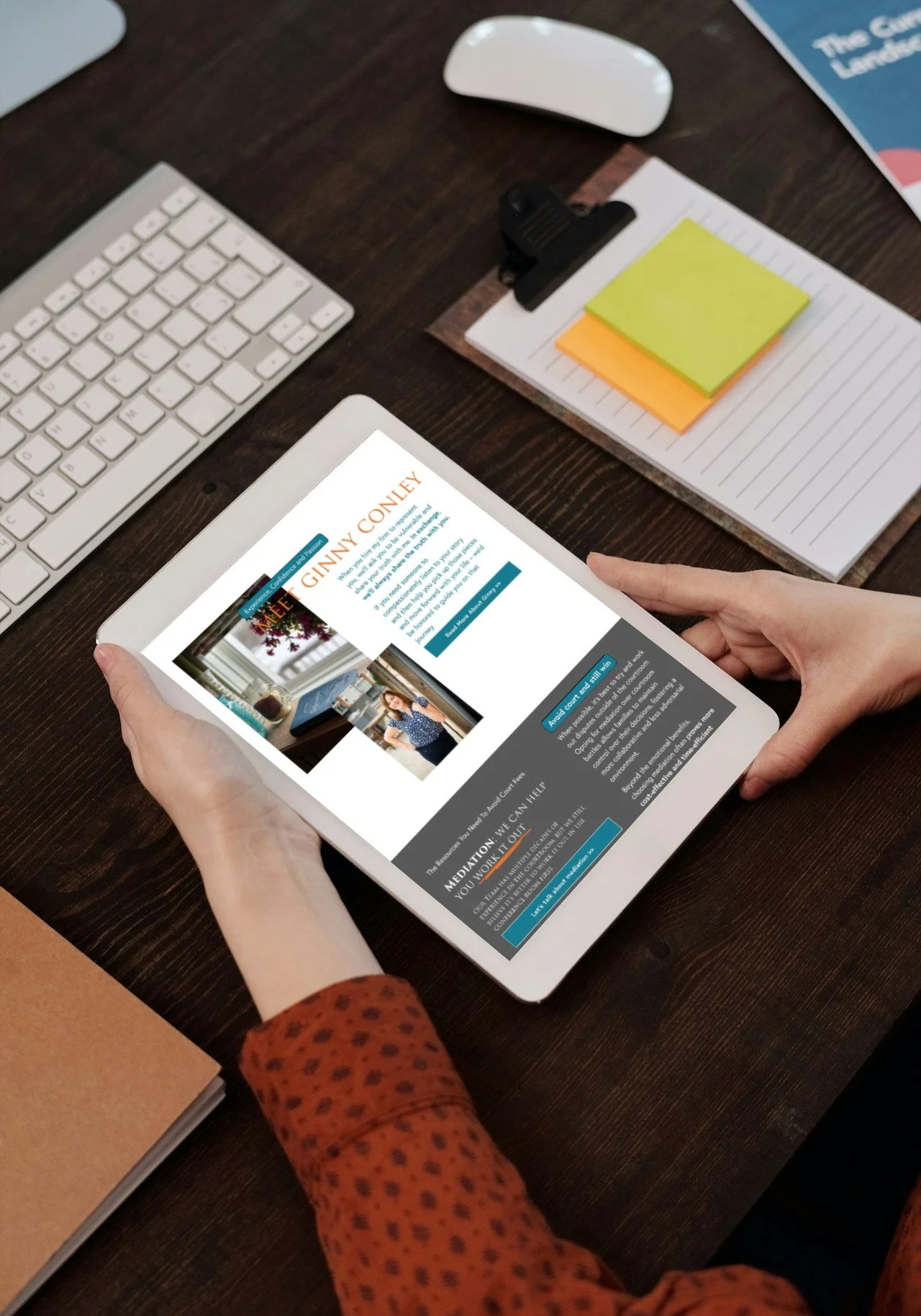5 UX Research Methods to Better Understand User Preferences
If you're looking for a return on investment in marketing, focusing on User Experience (UX) is among the best in the industry - a hundred dollars in return for every dollar you invest.
User experience is a term that covers all aspects of the end-users interaction with the product. It includes all their emotions, thoughts, and actions triggered by using the product.
Of course, at the core of UX design is UX research. However, before you can create a spectacular UX design, it's critical to understand how users interact with and react to products and services.
In my early days of website design, I needed to be more in tune with UX design. I knew what my client wanted from a project, but I wasn't always thinking about the end user and what website style they would find easiest to navigate. Eventually, I learned how to understand better what users wanted and how to incorporate those ideas, along with the client's goals, into one cohesive design. But that took research...
What are UX research methods?
UX research methods help us understand user preferences and design products more likely to be accepted and enjoyed by end users. Think about packaging, for instance. Can you think of a product you enjoy using but hate the process of opening? Now, imagine all those unboxing videos you see on YouTube. Those companies are thinking of the user experience of not just the product but the opening of the product, too!
UX research methods are tools and techniques that help us understand user preferences and needs. They provide data on users' interactions with a website, product, etc. These methods include surveys, interviews, usability testing, etc.
UX research methods are essential to understand users' needs and preferences. In addition, they help us to design a better product or service by understanding the users' pain points and identifying their problems. Finally, they generate knowledge about user needs, wants, desires, and frustrations that companies can use to improve their processes. It's one way to avoid being one of those bad UX design examples.
Kinds of UX research methods
There are two kinds of research methods: Quantitative and Qualitative. The difference between the two methods is how you collect the data and the nature of the data collected.
The quantitative research method has to do with gathering data from large demographics. Researchers use this method to quantify a problem and answer questions like, "How many?" and "How much?"
Examples of quantitative research methods are:
surveys
usability testing
click tests
A/B tests
card sorting
The qualitative research method involves getting data via direct observation of a small group of users. This research method aims to assess users' behavior and answer the question: "Why?"
Examples of this qualitative research method are:
field studies
co-design sessions
usability testing
focus groups
5 UX research methods that will help you understand user preferences
Various UX research methods are available to help researchers better understand user preferences. As mentioned earlier, these methods help gather data about user needs and expectations, identify pain points and areas for improvement, and track changes in user behavior over time. Choosing the suitable method (or combination of methods) for your specific project goals is essential.
Card sorting
Card sorting in UX research is a quantitative method that lets the researcher know how people understand and group information. People use this method to evaluate or determine how information is categorized, tagged, and arranged within a website by letting users sort information in a way that makes sense to them.
With website design, for example, card sorting helps you understand what your users want in a website so that you can meet their expectations. Then, when you use the information you get from card sorting to create the content structure of your website, you make it easier for the user to interact with it and find information on the website easily.
Here's how card sorting works:
You write different topics on each card based on the content you want to put on your website.
You shuffle the cards randomly and give them to users to sort them into piles according to how the flow of information makes sense to them.
The result helps with the information architecture of your website. This method is just one way a content-first design improves user experience.
Surveys
Surveys are also an excellent method for getting feedback from many people. They can be administered in person, online, or via mail and usually consist of multiple-choice or Likert scale questions. Surveys can focus on learning more about users' general preferences or habits and are an excellent way to get quantitative data.
You can also tailor surveys to specific demographics, like gender or age group. However, they can be time-consuming to create and administer, and it might take a lot of work to get people to respond. The downside is that you might need to ask many questions, and it's hard to get in-depth information from surveys alone. Furthermore, surveys can be expensive to administer and biased if not appropriately designed.
Interviews
Interviews are a known method of getting qualitative data about what users like and don't like about your product or service. They are suitable for exploring user motivations and opinions and collecting large amounts of data from many users. Like surveys, you can conduct interviews in person, over the phone or Zoom, or via email or chat.
When conducting an interview, asking open-ended questions and avoiding leading questions is essential. Interviews are usually more in-depth than surveys because you ask specific questions and listen carefully for answers.
User interviews are a great way to get information about how your audience thinks and feels about a product. They can also be used to understand user needs and motivations and to generate ideas for new features or redesigns. Still, they take more time and effort on the researcher's part and can be challenging to schedule.
Focus Groups
Focus groups are a research method used to get qualitative information from a small group of users - similar to interviews but with a small group of people instead. Focus groups are an excellent way to collect qualitative data about user perceptions and attitudes – how users feel about a product, what they think of its features, and what they want to see changed.
However, focus groups can be expensive and time-consuming, and finding a representative sample of your audience can take time and effort. It is also important to note that the data obtained from focus groups can be biased if the group is not representative of the target audience.
Usability Testing
Usability testing can be either qualitative or quantitative and is ideal for testing specific design solutions and measuring user satisfaction and tends to be more focused on particular areas of functionality. It is a great way to assess how easy or difficult users can complete specific tasks using a product. Researchers typically conduct this type of testing with a small group of users.
During a usability test, researchers ask users to complete a series of tasks while being observed. Researchers use this technique to identify areas of improvement in product design and to assess the impact of design changes.
Usability testing is a great way to see how users interact with a product. However, like some previously mentioned methods, usability testing can be expensive and time-consuming.
Final Thoughts on UX Research
The type of research you need to create an excellent user experience varies greatly depending on your product or service. For example, card sorting makes perfect sense if you're a website designer. However, if you specialize in a higher-end product, methods like focus groups and usability testing might be a better fit.
Ultimately, the most crucial part of the process is to research what your audience and user want so that you can deliver an outstanding user experience.
You might find these related posts helpful…






